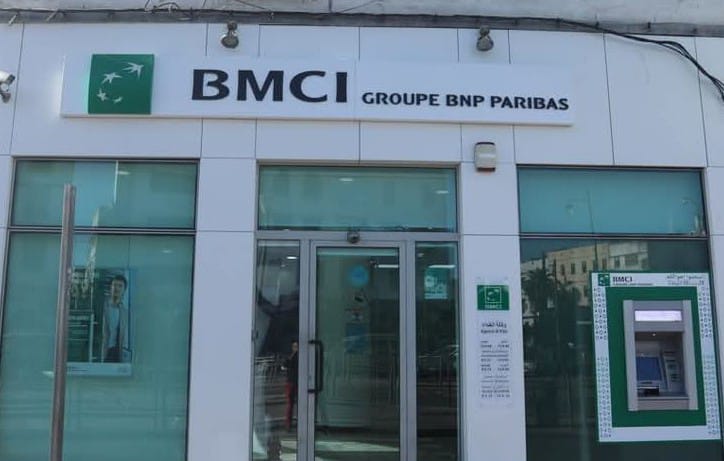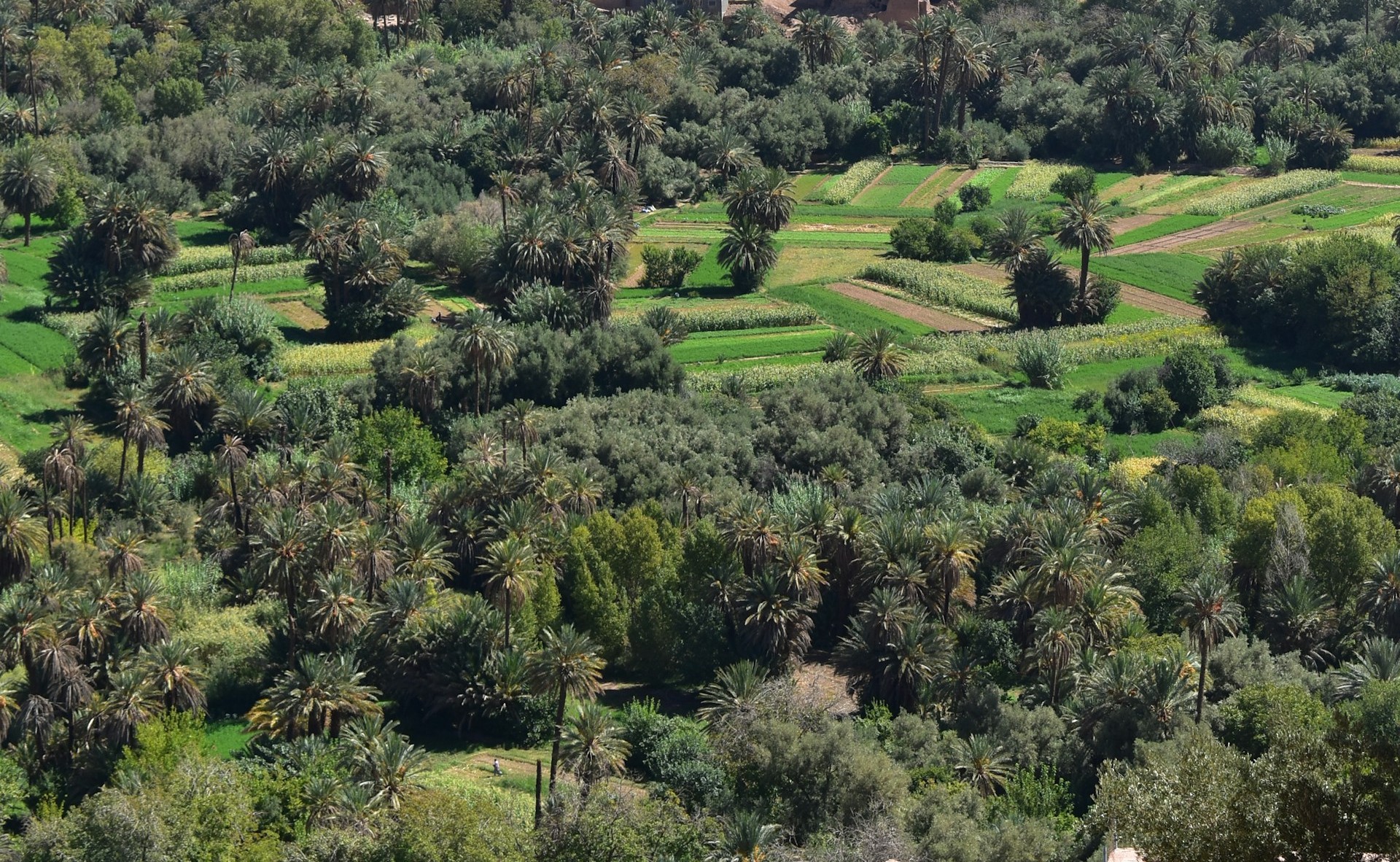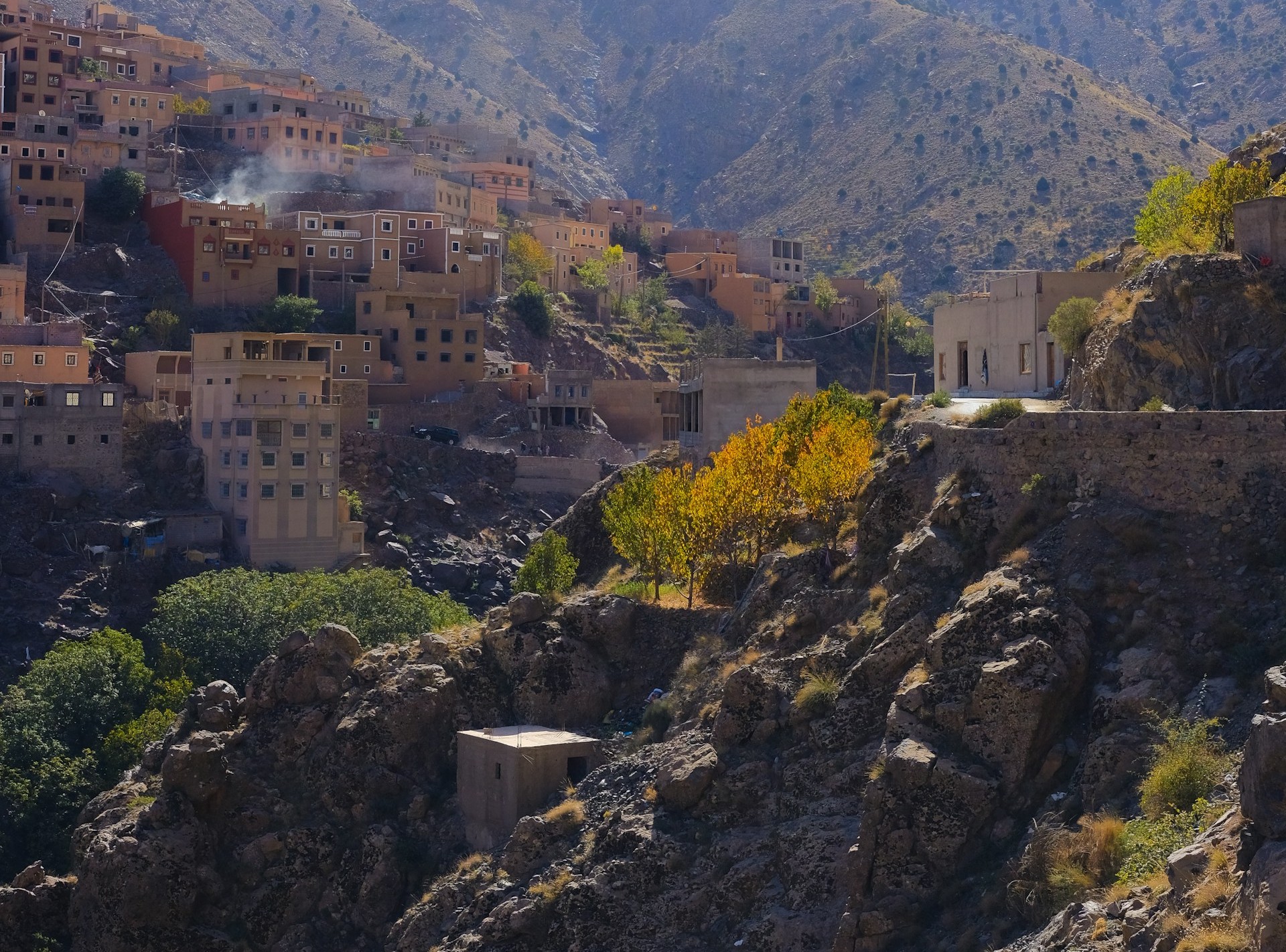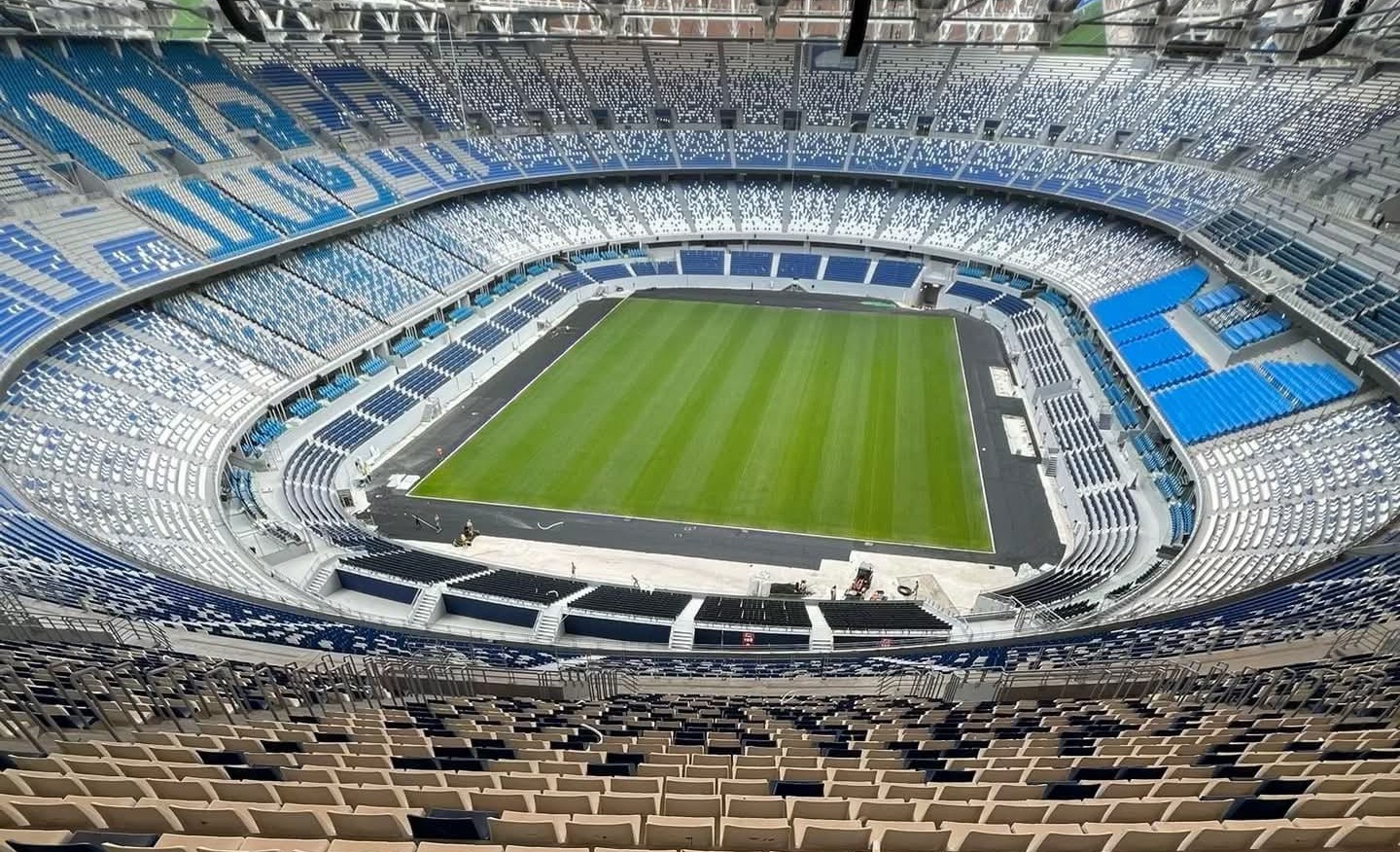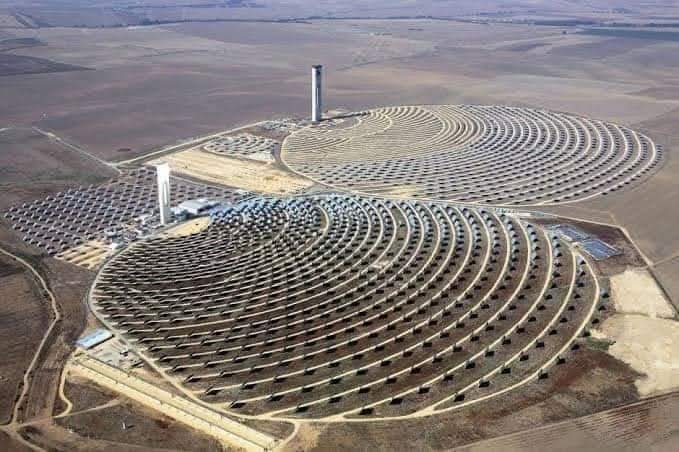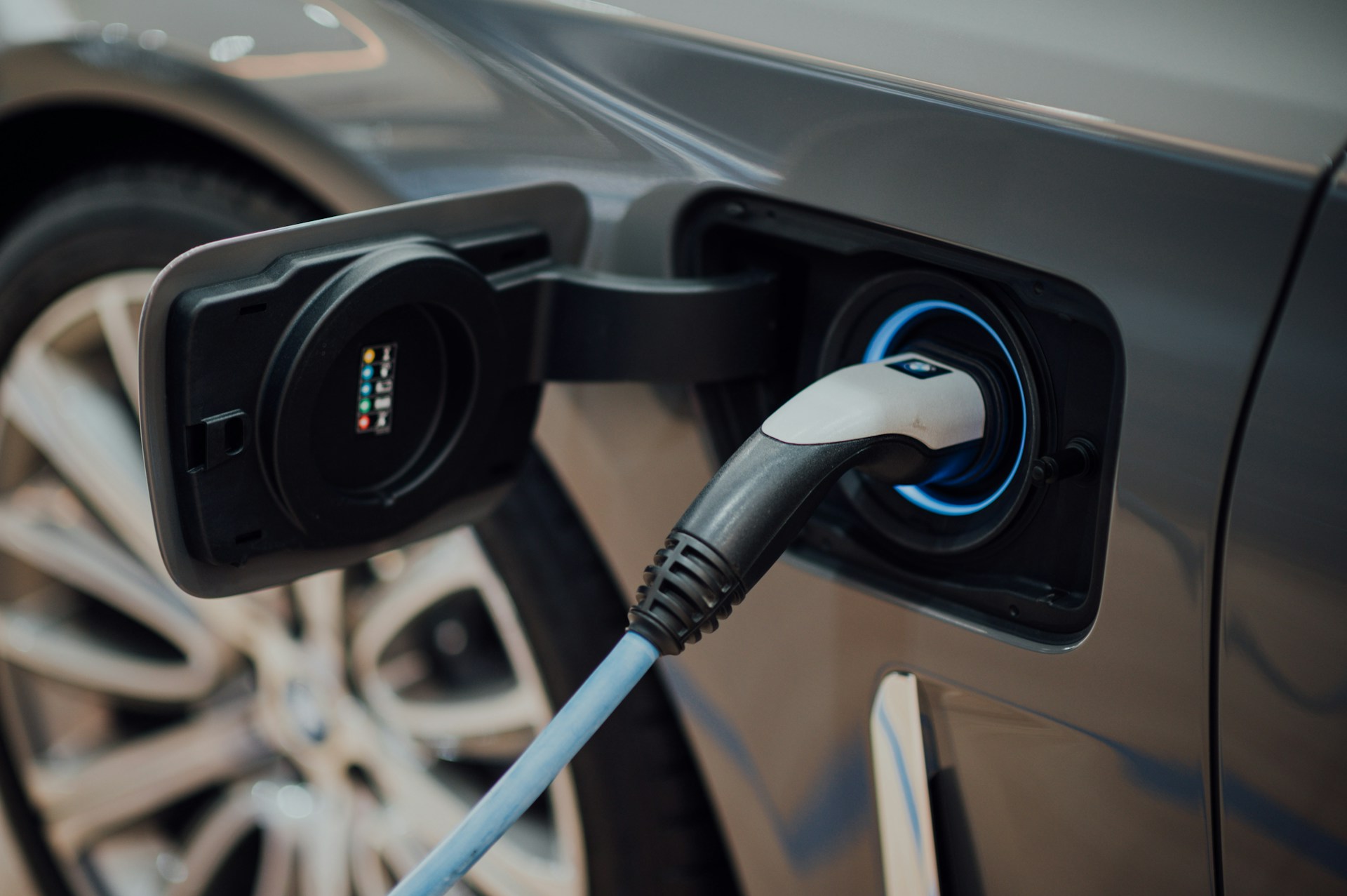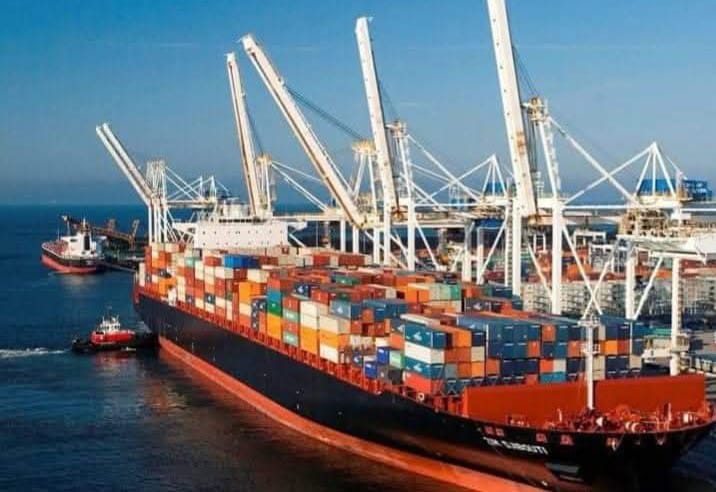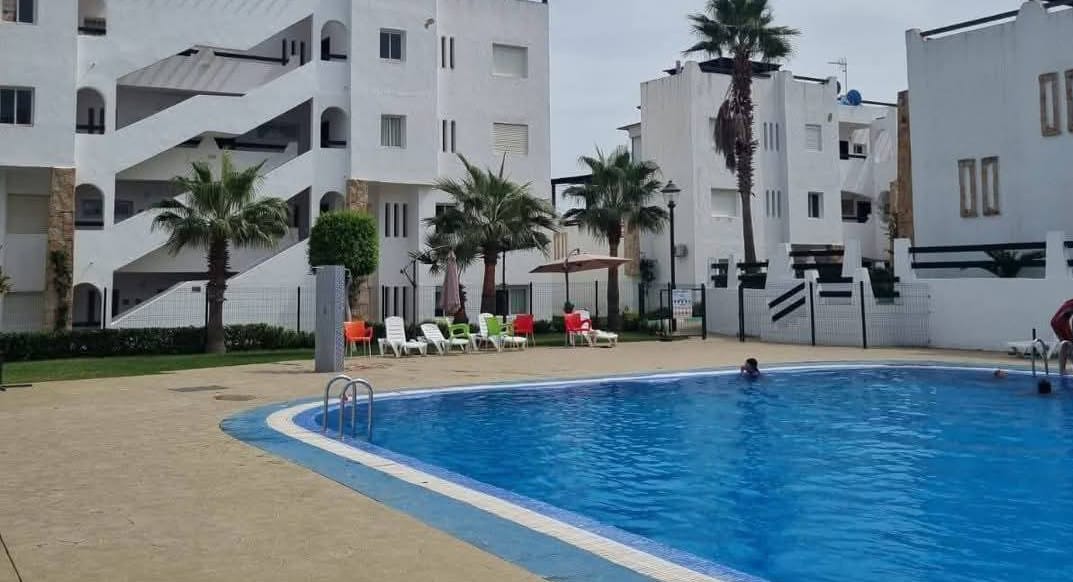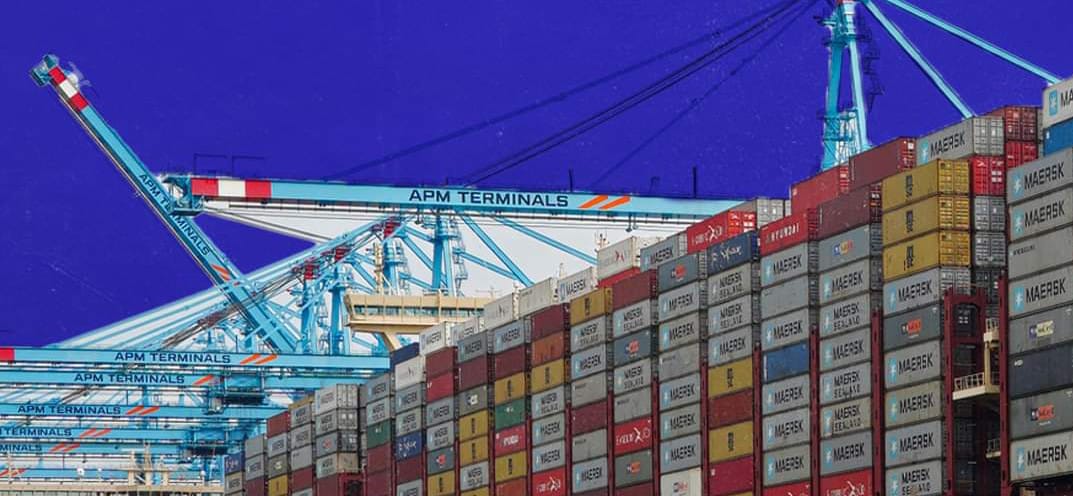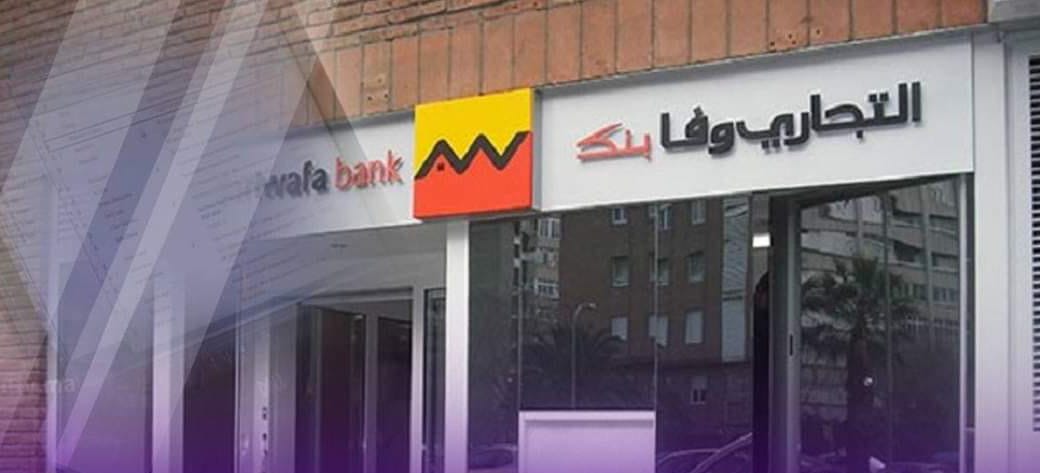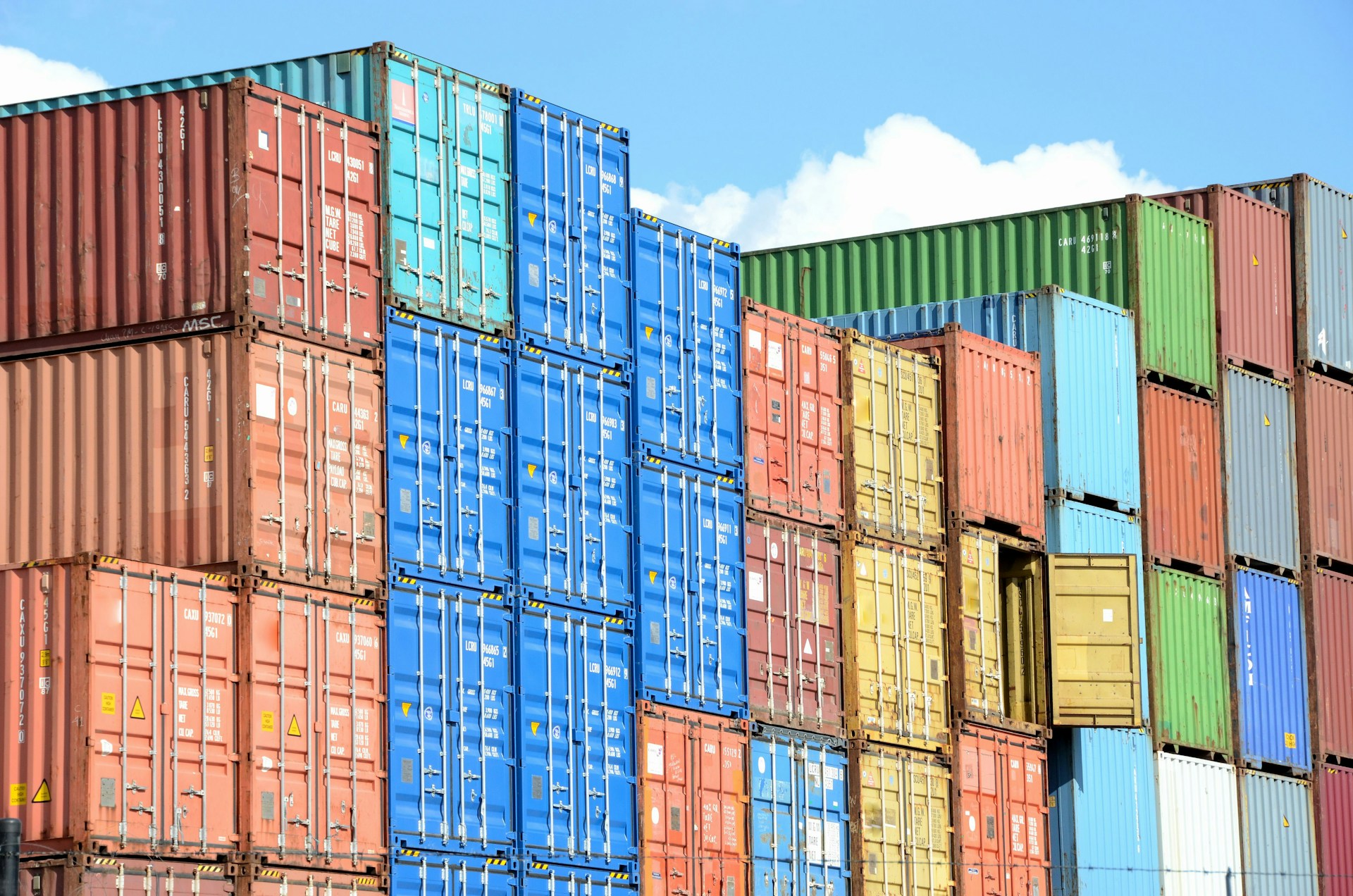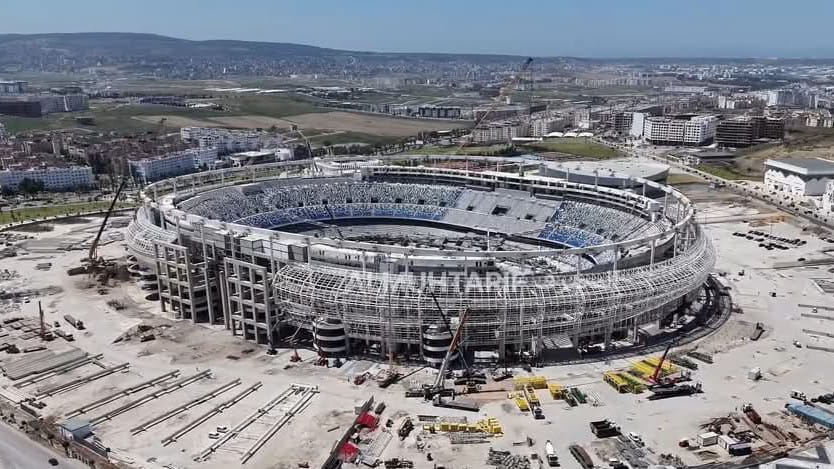Casablanca – Morocco is undergoing a remarkable transformation in its energy sector, driven by a strategic push toward renewable energy sources. According to the latest Electricity 2025 – Analysis and Forecasts to 2027 report by the International Energy Agency (IEA), the country is set to see substantial growth in its renewable energy production, with a projected annual increase of 16% between 2025 and 2027. This surge is expected to significantly boost the share of renewable energy in Morocco’s electricity mix, highlighting the country’s commitment to a greener and more sustainable energy future.
Growth projections and shift from coal
The IEA’s report paints a clear picture of Morocco’s evolving energy landscape. By 2027, renewable energy sources are expected to contribute 35% of Morocco’s electricity, up from 24% in 2024. This growth will primarily be driven by the country’s ongoing investments in solar photovoltaic and wind energy, two of the most abundant renewable resources in Morocco. The solar photovoltaic sector is forecast to experience an exponential growth rate of 57% annually over the next three years, while wind energy will grow at a more modest, yet steady pace of 15% per year.
This acceleration in renewable energy production marks a significant departure from the country’s traditional reliance on fossil fuels, particularly coal. The IEA projects that coal’s share in the electricity mix will decrease to about 50% by 2027, down from 60% in 2024. This represents a significant shift in Morocco’s energy strategy, one that reflects its broader commitment to reducing dependence on coal and other fossil fuels in favor of cleaner, more sustainable energy sources.
The transition away from coal is part of a larger national strategy aimed at achieving a 52% renewable energy share in Morocco’s total energy capacity by 2030. While the country is not yet on track to meet this 2030 target, the IEA’s forecast of a 35% share in just two years demonstrates the substantial progress that Morocco is making toward realizing its long-term renewable energy goals.
Key drivers: Solar and wind energy
Morocco’s success in expanding its renewable energy capacity is largely due to its focus on solar and wind power. The country has some of the best conditions for harnessing solar energy, with abundant sunlight across much of the nation, particularly in the southern and central regions. The Noor Midelt solar complex, one of the largest solar projects in the world, is a prime example of Morocco’s investment in solar infrastructure. With the continued expansion of solar capacity, Morocco is positioning itself as a global leader in solar energy.
Wind energy is also expected to play a crucial role in Morocco’s renewable energy strategy. The country’s geographical location along the Atlantic coast provides optimal conditions for wind power generation. The IEA’s forecast of a 15% annual growth in wind energy production reflects the ongoing efforts to tap into this potential, supported by significant investments in wind farms along the coast.
Policy and regulatory support for the transition
The IEA report underscores the importance of Morocco’s policy and regulatory environment in facilitating this transition. In 2024, the Moroccan government introduced three key decrees aimed at enhancing the integration of renewable energy into the national grid. These decrees focus on improving grid flexibility, promoting the use of battery storage solutions, and creating a more robust framework for renewable energy certification.
One of the key measures is the introduction of bidirectional smart meters, which will allow for dynamic injections of renewable energy into the grid. This technological advancement will help better manage the fluctuating nature of renewable energy, ensuring that excess energy generated during peak sunlight or wind hours can be stored and utilized when production is lower. Additionally, the new regulations also address the growing importance of energy efficiency, empowering energy service companies to play a more active role in optimizing energy consumption across various sectors.
Challenges: Desalination and growing electricity demand
Despite the positive outlook for Morocco’s renewable energy sector, the IEA highlights several challenges that could impact the country’s energy transition. A key challenge is the increasing electricity demand driven by the rapid expansion of seawater desalination projects. As Morocco works to ensure water security in the face of growing demand, new desalination plants are being built along the coast. These plants require a continuous and stable supply of electricity, which could place additional pressure on the national grid, particularly as renewable energy sources are intermittent.
The IEA’s report suggests that these desalination plants, often referred to as “non-flexible loads,” will require significant amounts of power that may be difficult to balance with the variability of renewable energy production. To address this, the report calls for a rethinking of grid management strategies and the development of advanced storage solutions, such as large-scale battery systems, to better accommodate the growing electricity demand from desalination plants while maintaining grid stability.
The role of international cooperation
In addition to improving domestic grid flexibility and storage, the IEA suggests that regional cooperation could offer a potential solution to some of the challenges facing Morocco’s energy sector. Strengthening electricity interconnections with neighboring countries could allow Morocco to import and export electricity based on demand and availability, creating a more flexible and resilient energy system. This would help Morocco mitigate the challenges posed by renewable energy intermittency and further integrate its energy market with the wider regional grid.
Investment and future prospects
The IEA’s report also highlights the critical role that private sector investment will play in Morocco’s renewable energy future. The report suggests that Morocco must continue to attract private investments in renewable energy infrastructure, which will require favorable regulatory frameworks and innovative financing mechanisms. Morocco’s renewable energy growth over the past decade has been driven by a combination of government policy, international partnerships, and private sector involvement. As the country seeks to achieve its renewable energy goals, continued investment in green infrastructure will be essential.
Morocco’s renewable energy transition is progressing at a remarkable pace, with significant growth expected in the coming years. The IEA’s report paints a promising picture of the country’s energy future, driven by solar and wind power, while also highlighting the challenges that must be addressed to ensure the long-term success of the transition. Through continued investment, policy support, and international cooperation, Morocco is on track to become a leader in renewable energy in the MENA region and beyond.
